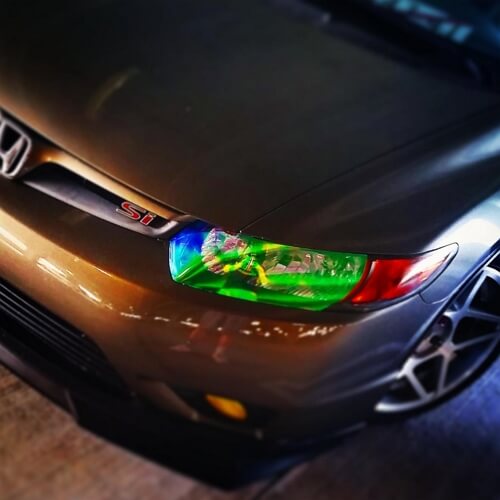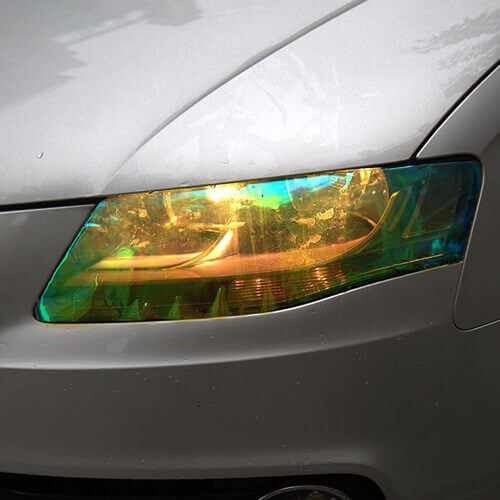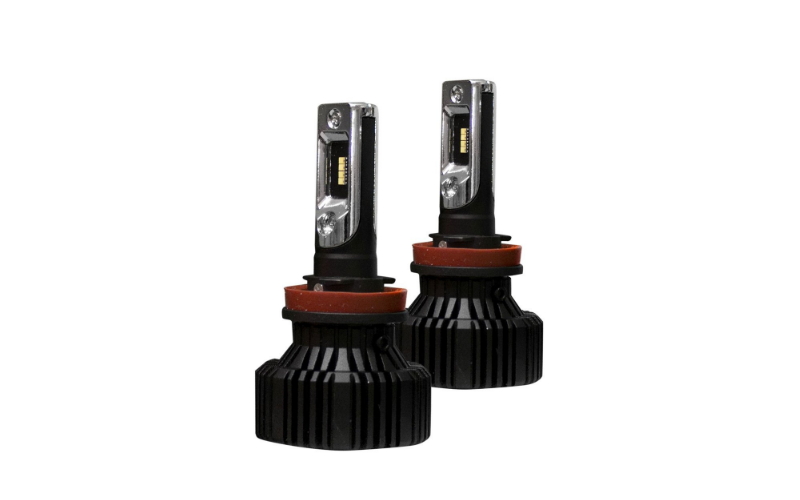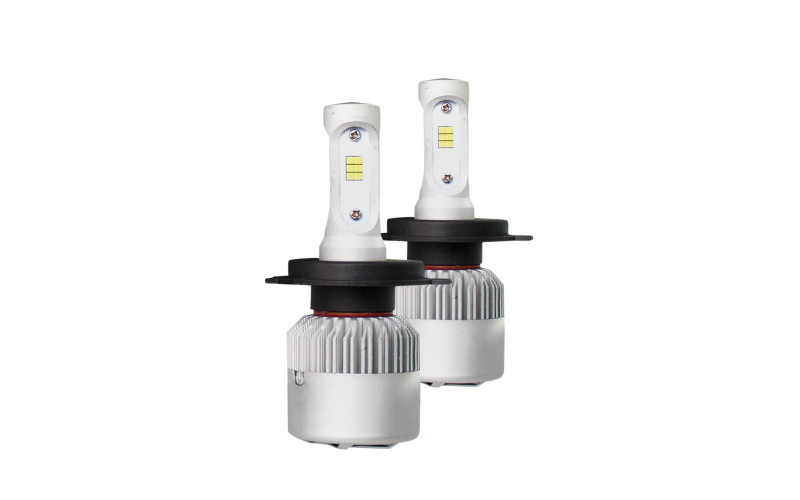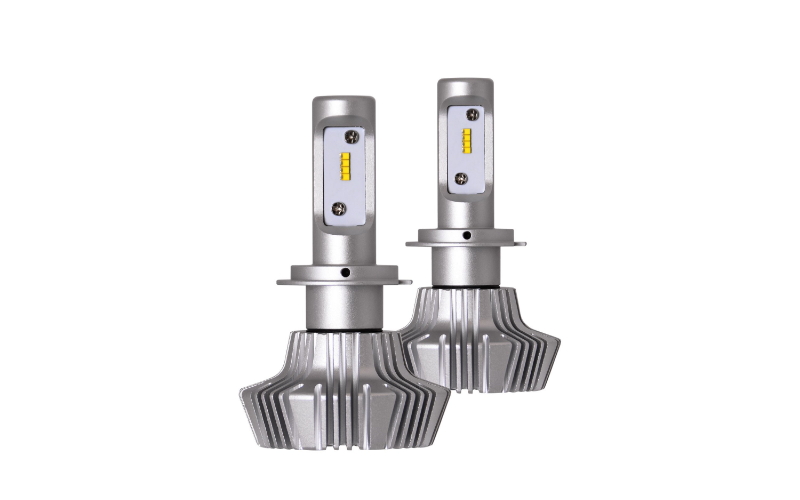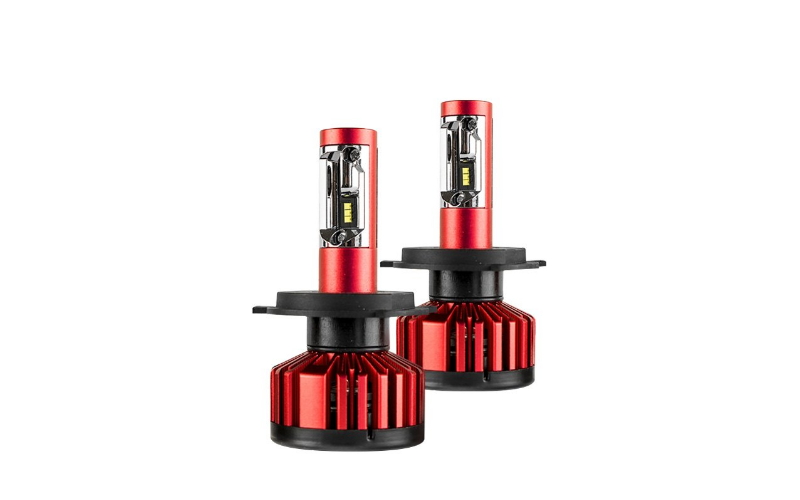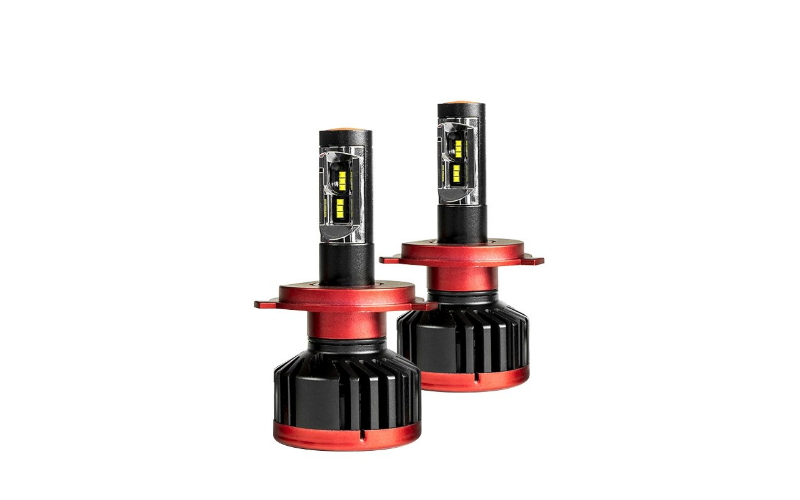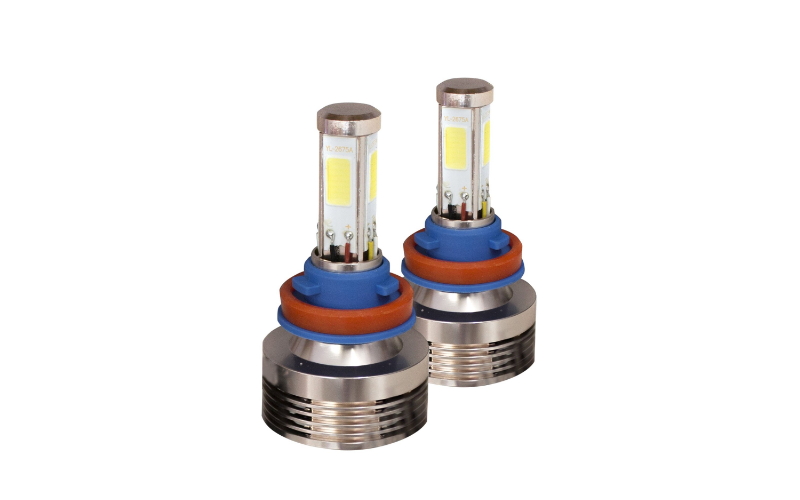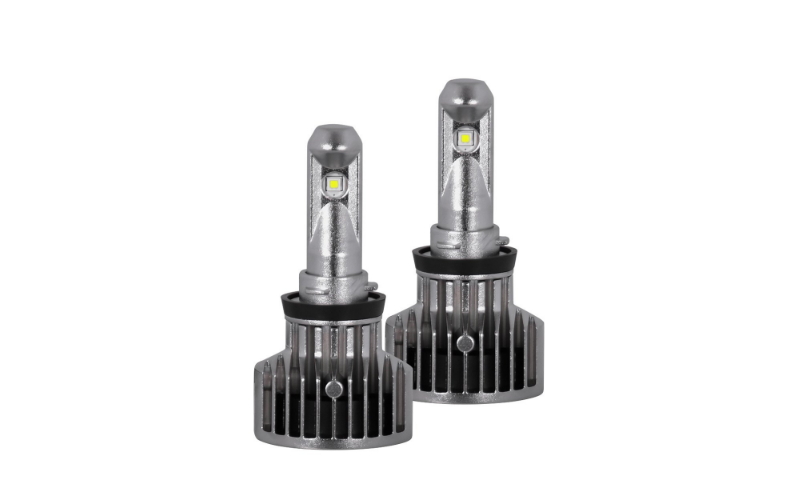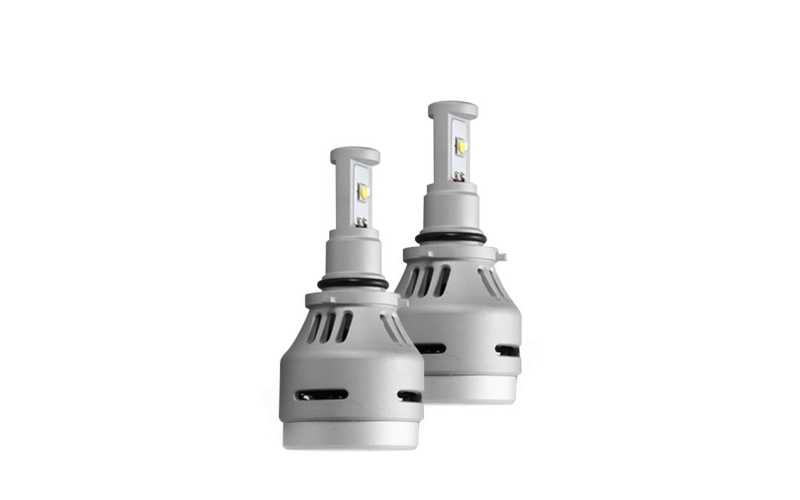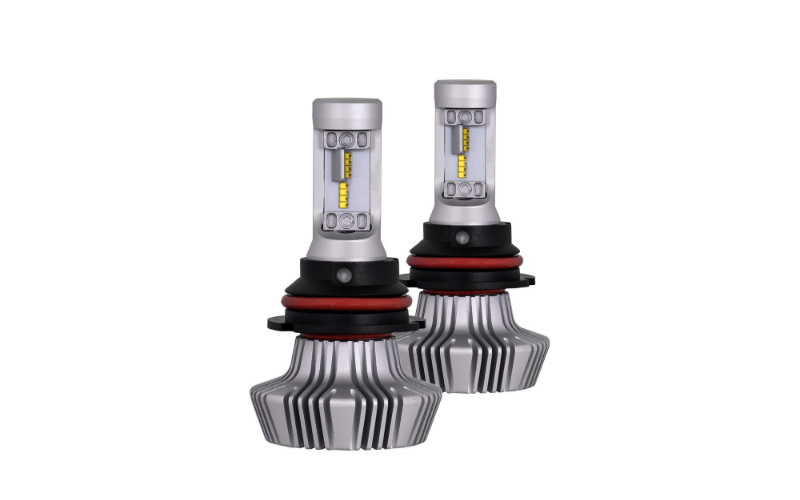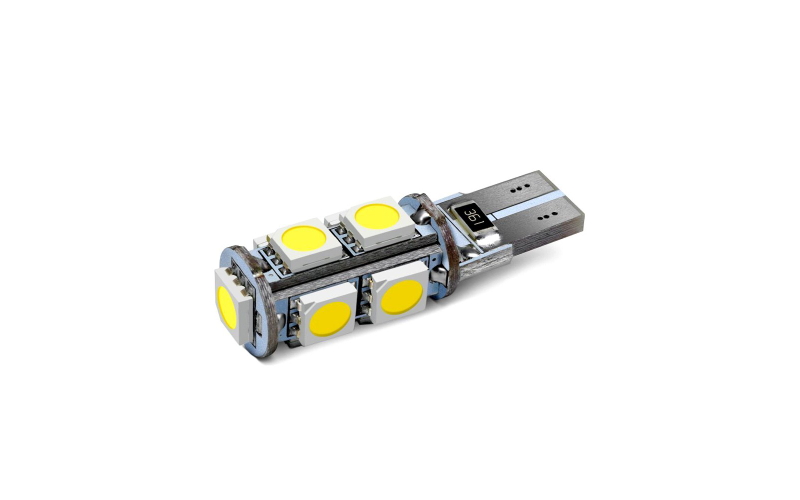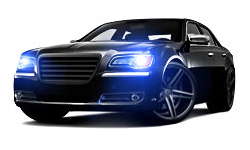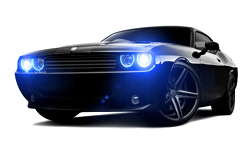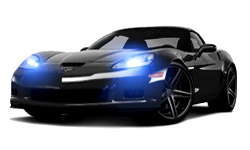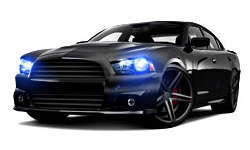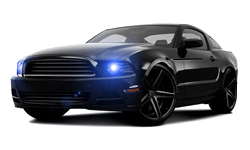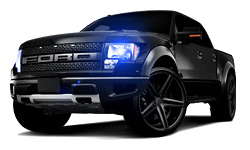Is Chameleon Headlight Tint Legal?
It is quite popular to tint headlights and tail lights in smoke or color-changing wrap. Truly, this upgrade is quite inexpensive, yet it completely changes the front or rear end of the vehicle and adds that exciting look. The very first question people ask when they think of getting their headlights tinted is whether this is legal in the area they live in.
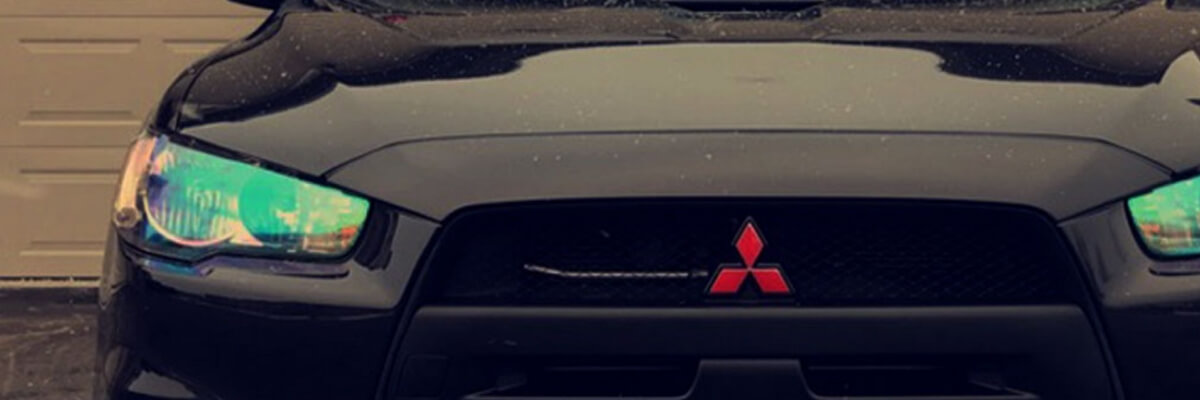

Car Headlight Film Chameleon Styling Headlights Tint Sticker Headlight Taillight
Potentially, putting anything aftermarket in or on the headlights may potentially land a car owner with a ticket or a fine. Overall, if the headlights are too dark or the headlight bulbs provide not enough light for the other driver to see you at night, this is considered a safety hazard. Besides, if the other drivers do not see you, how can you clearly see the road ahead to be on the safe side?
Some countries have completely banned headlight and tail light tints completely, in order to avoid miscommunication and disputes. In some countries, there is a restriction that pre-defines what headlight and tail light wrap types are allowed. Even though the situation can vary from state to state, there are certain guidelines that are the same for all US states.
What’s legal in the US?
Again, state laws differ, as there is no single federal law that regulates tints. So, it is up to the state government to determine, what is street-legal and what is not. And, there are states that completely ban tints. So, it is illegal to put anything over the exterior headlight lens. Though, there are many states that are lenient to this question. Though, there is a common rule for all states: the headlights have to be visible from a certain distance (usually, 500 feet).
Why do headlight tint laws differ from state to state?
That’s mainly because weather conditions vary greatly from state to state. So, the government considers the average weather conditions in the state and based on this information settles the laws. It’s fair to say, that the laws are not too concerned about the tinting itself, but they strictly consider the amount of light transmitted. So, they see, how well the light is seen from the distance in darkness when the lights are on. And that’s where we are getting closer to the term VRT rating that many people are concerned about when it comes to headlight tint.
What is VRT?
Visible Light Transmission rating (VRT) is the percentage of the light that is emitted by the headlight. Let’s see an example. You are buying a headlight wrap film with the VRT 85%. This means that once applied, the film will reduce the amount of light emitted by the light by 15% and with the film on, 85% of the light will still be transmitted. See the formula: 100% – 85% (VRT) = 15% (light reduction).
What other things to consider?
There are many factors that one should be aware of when selecting quality color-changing wrap. We like the way guys at halo-headlights.com explain this. Check out their guide to chameleon headlight wrap.
Headlight Tint Requirements in the Different States
The majority of the US States have a legal requirement of VRT of 30% and up. States with constant sunny and dry weather, like Florida, have even lower VRT requirements being 28%. Many car mod enthusiasts would love to be in those states, as such laws provide freedom of car headlight mods. States with colder and wetter climates have more strict requirements, though. For example, in Alaska VRT of the headlights has to be 70% and up. This law quite often concerns the owners of the newer vehicles that come equipped with auto-dimming function, as they cannot benefit from this function and have to keep it off to avoid getting a ticket.
However, there are states with strict car mods laws, such as New York, California, New Jersey, and certain others. Despite the warm and mild climate, they have strict requirements for vehicles, so in these states, VRT has to be 70% and up. Below we provide a complete list of headlight tint law requirements for the US States. We watch the accuracy of this information, however, laws may change before we make changes to the website. So you can always rely on the information we provide, yet it is always a good idea to double-check the info.
 Scott is a technical writer and consultant at Hikari-led.com. He is a fan of custom car lighting and is keen on all kinds of wiring jobs. We know him as a person who can make anything work!
Scott is a technical writer and consultant at Hikari-led.com. He is a fan of custom car lighting and is keen on all kinds of wiring jobs. We know him as a person who can make anything work!
Scott is enthusiastic about car mods and never misses a chance to learn something new, so you can meet him at SEMA and other well-known US automotive events.

